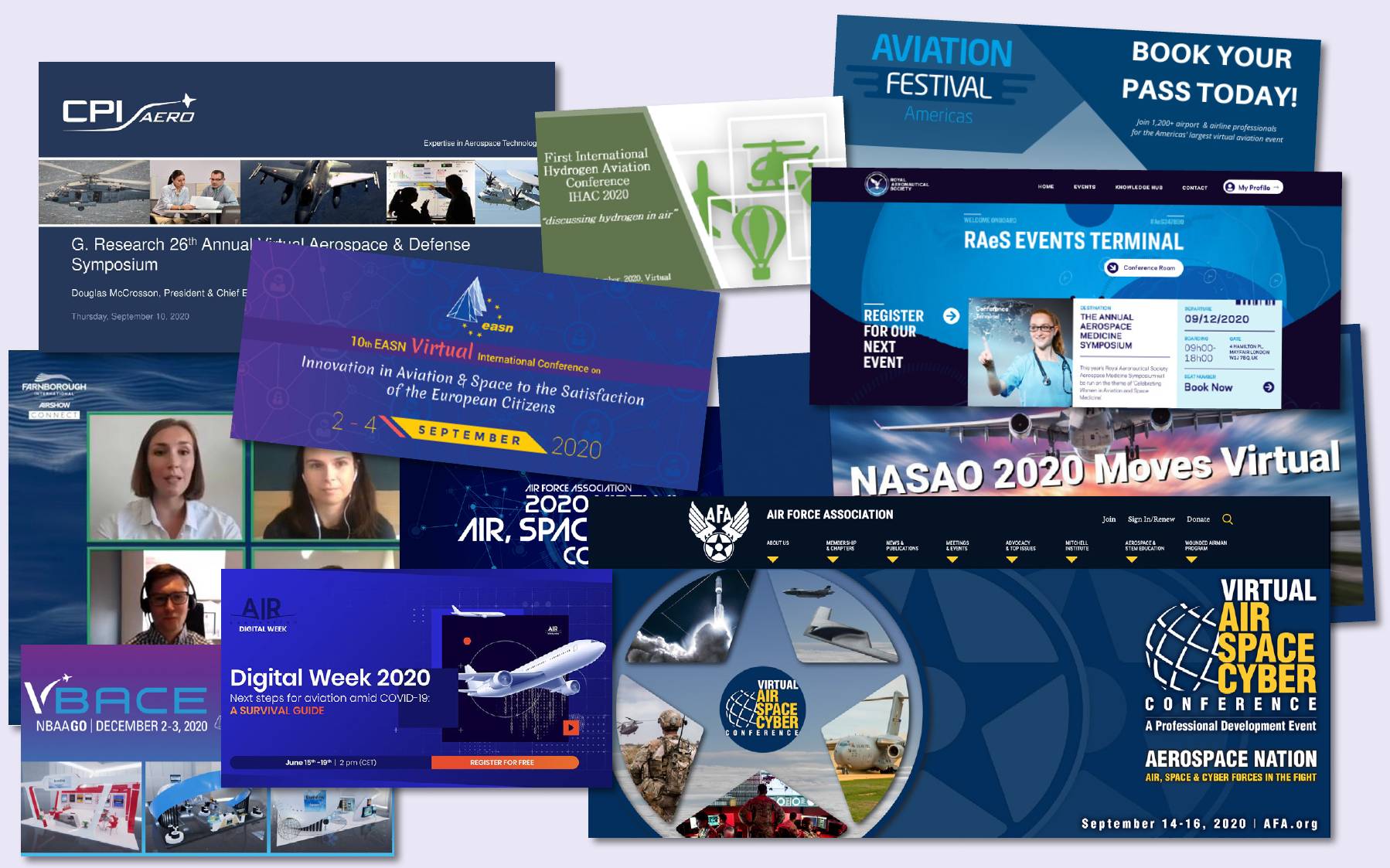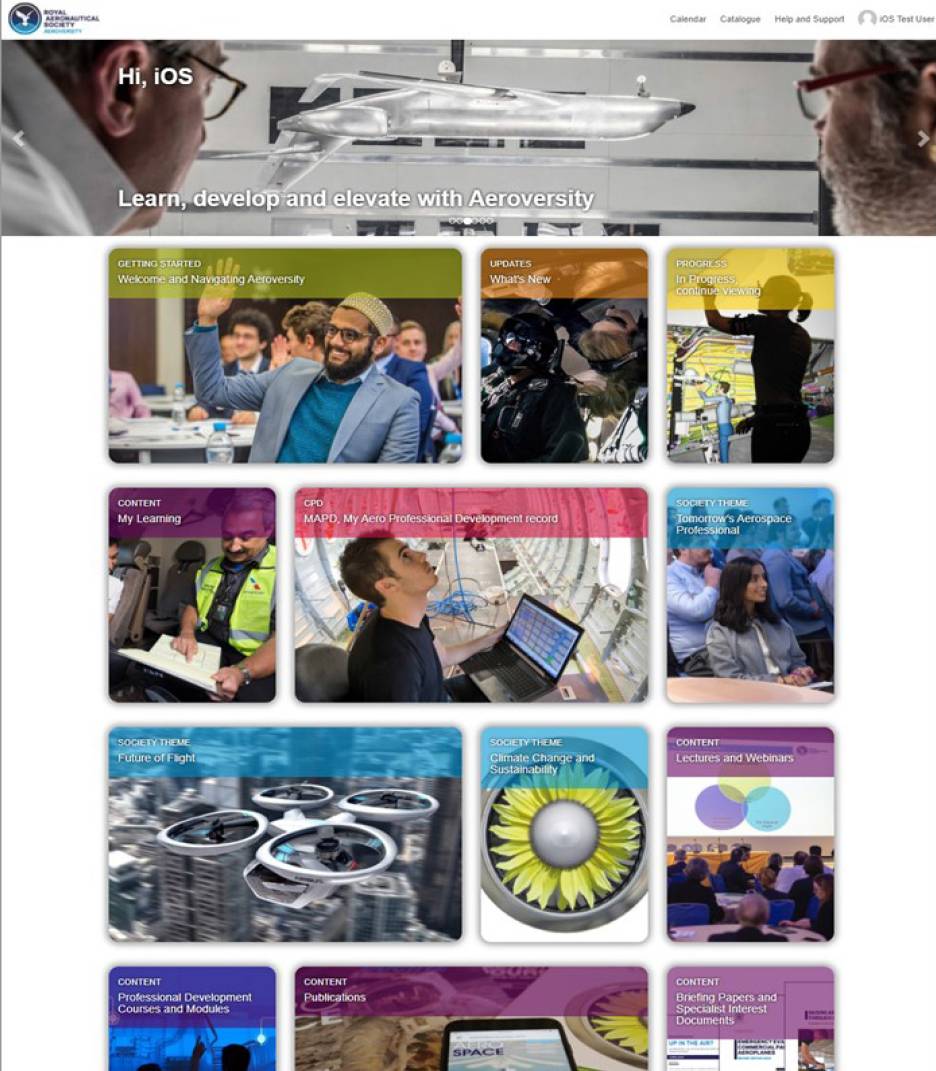AEROSPACE Industry Communications

Virtual collaboration the good, the bad and the ugly
With the world still in varying degrees of lockdown, aerospace and aviation has accelerated its shift to online collaboration, learning and training. Aviation safety consultant FAHAD MASOOD, MRAeS, (Sqn Ldr(R), Air University Islamabad, Pakistan, explores the advantages and disadvantages of this new way of working.
Some call it a curse but this global pandemic is also an impetus for change. Covid-19 has hastened the inevitable, with people going online for almost every task of daily life now and aviation is no exception. From Zoom meetings to Skype training workshops to Webex webinars to Google Hangouts, we have shifted from more intimate face-to-face communiqués to an inevitable virtual existence. In my opinion, aerospace, as a high technology sector, has adapted to this new tech relatively quicker than others due to its built-in dynamism.
With cyber-everything being the ‘new normal’, a lot of the supporting functions of aviation and aerospace (apart from the actual flying itself) is now being facilitated through the Internet, such as training and development, briefings/meetings, webinars etc. This July saw the first ever ‘virtual Farnborough’ trade show – with 14,000 visitors from 97 countries, 142 companies and 247 speakers in the FIA Connect week-long digital trade event.
This ‘new normal’ and increased digitalisation was always being contemplated by industry but never was the pace this brisk. Indeed, one speaker at FIAConnect remarked that the UK has undergone a decades-worth of shift to virtual way of working in just two-three months. This shift to virtual collaboration has unquestionable benefits but along with it comes challenges galore. E-learning, for example, can enable aviation organisations to meet regulatory requirements, as well as scale up learning and development of their staff while cutting training costs and increasing their operational efficiencies (Webanywhere, 2012). But it is important to bear in mind the disadvantages in this brave new world.
What follows is a brief overview of the good, the bad and the bottom of the pile in the context of aviation and virtual working.
 A scene from the recent RAeS virtual space conference.
A scene from the recent RAeS virtual space conference.There are many obvious advantages in using online collaboration:
- Anyone can easily access sessions anytime and virtually from anywhere – highly desirable for a global industry like aerospace.
- No travel, hassle for parking spaces and minimum away time from residence. Formal project meetings with international partners that happen every six months, can be replaced with weekly Skype sessions – boosting communication and agility of the overall enterprise.
- Time management is easier and more efficient.
- Virtually anyone can use it – reaching a much larger audience than traditional methods.
- It generates increased inclusivity and flattening of aviation organisations. Today a student can tweet a rocket company CEO and get a response or pose a question to an Air Marshal via Zoom webinar.
- Everything eco-friendly – everything electronic. No paper use. Nevertheless, e-learning only saves resources if the training is effective (Kearns, 2010).
- This results as an opportunity for some to ‘punch above their weight’; for example, the RAeS has taken its lectures online, becoming more accessible to a wider global audience.
 The RAeS’ forthcoming Aeroversity platform aims to provide online learned content and courses.
The RAeS’ forthcoming Aeroversity platform aims to provide online learned content and courses.
There are two sides to every coin. With the pros, here are the cons:
- Decreased ‘mano a mano’ interaction between the participants. This could lead to reduced non-verbal cues available, leading to miscommunication or increased confusion – especially where critical safety concepts are being discussed. For example, Boeing 737 MAX re-certification process faced delays earlier this year since EU and FAA regulators could not meet in person. In an online training environment, a teacher may see a student nod their head in a Zoom lecture but do they really understand it?
- The speaker is the only one communicating, hence less interaction with other participants and all may become passive attendees. Delegates or students can not communicate with each other, resulting in boredom at times and decreased efficiency. This reduces the possibility of students informally assisting each other in tackling joint projects while in the same class.
- Possibility of delayed feedback due latency/slowinternet/disconnections from peers is a major hitch. Although this is a rarity nowadays, once it happens, tempers rise rather quickly, especially if there are high stakes involved, like that of a billion dollar deal. With everyone now online, there is added pressure on broadband links to keep up.
- The participant needs to own a device (laptop, tablet, cell phone) and have access to the internet while specific software is a prerequisite. This is not a common issue in the developed world, however it is in the less fortunate areas, which can prove a challenge. Internet connectivity can be found wanting at times to transfer both voice and video at times. The more remote the region (for example, an aircraft on the ground (AOG) requiring troubleshooting from the OEM) the more critical the need.
- In a training scenario, a limitation of not having full eye contact compels the trainers/facilitators to alternately or randomly question participants to ensure maximum learning value.
- The aviator, engineer, etc needs to be somewhat IT technology conversant and the ‘old-skool’ generation (and those ironically perhaps at the top of companies, air arms and organisations) could conceivably have the most difficulties in going digital.
- It gets even more challenging when using addons like screen-sharing, whiteboards etc. Use of styluses can be a huge enabler, as well as an inhibitor in contemporary times. Even the relatively more experienced lecturers or trainers feel hampered when they opt to use a Smart Board or digital whiteboards.
Although online interaction does free up time (sometimes!), it is often promoted as an easy way to learn and collaborate. Which it is, in the sense of not commuting and being more easy to fit into a schedule. However, the fact is that a participant with a family who works online is more than committed. Sometimes electronic interaction is thus conceived as a fix-all solution to lockdown, smart lockdown or curfew but this is not always the case.